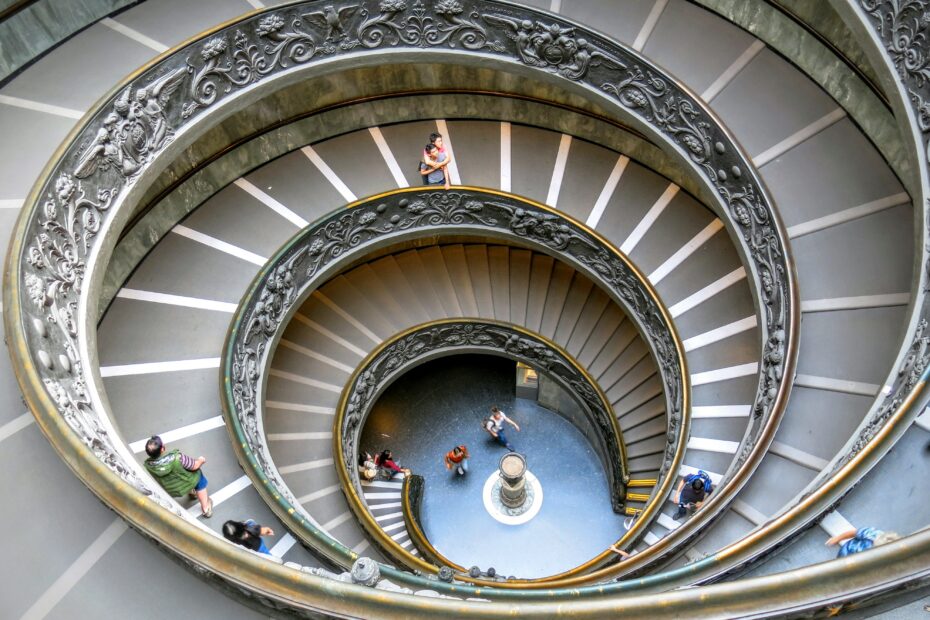An architecture museum can show the monuments of a particular era, master or city, or you can turn the building itself into an exhibit. There are several museums, such as museum of bath architecture, which are worth a visit to get a feel for the architecture of different countries.
The selection includes buildings of various styles – you can learn about classicism, modernism, metabolism and other architecture of the last two centuries from these museums.

Sir John Soane’s Museum
One of the oldest architecture museums in London. Sir John Soane, the great British neoclassical architect, turned his own house into a museum. He filled it with a collection of paintings, sculptures, building models and architectural decor from long-lost monuments. Soane also built the Dulwich Art Gallery, which became the prototype for many contemporary art galleries, such as the Getty Center in California.
When Soane was appointed Professor of Architecture at the Royal Academy in 1806, he contemplated setting up a museum in his home for students. His collection included thousands of objects, ranging from objects from the ancient world to models of modern buildings. One of the most notable exhibits is the sarcophagus of the Egyptian pharaoh Seti the First. It is the most expensive object in the collection. When the sarcophagus arrived at Soane in March 1825, he staged a three-day celebration with 890 people in attendance.
The museum is notable for its special spaces. Inside the building there are many niches, secret doors and double walls with paintings hidden inside. The architect suffered from cataracts and therefore invented new ways of lighting the space. Thanks to his inventions, the house is flooded with light, refracted by coloured stained glass windows and a multitude of mirrors. The museum retains the atmosphere of the owner’s times: there are hardly any signs, the lights are dimmed and there is no information desk or café.
Each room of the house is a unique work of art. Soane has constantly changed the display, adding new objects and emphasising the qualities of the different objects with unexpected juxtapositions. In the model room, the architect placed models of his buildings next to models of antique buildings, which were a source of inspiration for him.
It was at the Soane Museum that the first modern sculpture gallery in Britain appeared. It was in a small room off the main staircase of the building called the Tivoli Recess. The miniature gallery was converted into a service toilet in 1918 and rebuilt in 2001.
Today the museum is well known for its restoration programmes. The Opening up the Soane project, for example, reconstructs the space of the house according to the original idea of the master. This is made possible by the house’s many 19th century watercolours.
The rooms have been restored to their original colour schemes and the arrangement of furniture. Three of the courtyards laid out by Soane have also been restored, and in one of them a pasticcio – a column made from architectural fragments – has been reconstructed.
The Meiji-Mura Museum Complex / The Museum Meijimura
Another classic architectural museum is the open-air complex in Inuyama, Japan, which is dedicated to the Meiji period buildings. It was founded by architect Yoshiro Taniguchi and Motoo Tsuchikawa, vice president of the Nagoya Railroad Company.
During the Meiji period, Japan underwent the most dramatic change in its history: emerging from centuries of isolation, the country opened up to the ideas of the West. Architectural styles and construction techniques were borrowed, among other things. These practices shaped the architecture of the Meiji era.
Driving along the Yamanote Tramway in Tokyo, Yoshiru Taniguchi longed for the demolition of Rokumeikan Palace, a symbol of Meiji architecture. He persuaded his classmate Motoo Tsuchikawa to join him in his work to preserve the Meiji buildings. On March 18, 1965, the Meiji-Mura Museum, consisting of 15 buildings, opened on the shores of Lake Iruka.
The purpose of the museum is to preserve early examples of Western-influenced architecture. Many of the buildings have survived only by fortunate coincidence.
The most notable structure in the complex is the Imperial Hotel, built by Frank Lloyd Wright for the centre of Tokyo in 1923. In 1967-1985, it was moved to the museum and a larger building was built in its place. Only the entrance composition and lobby remain of the Imperial, but it is still the largest Meiji-Mura exhibit.
